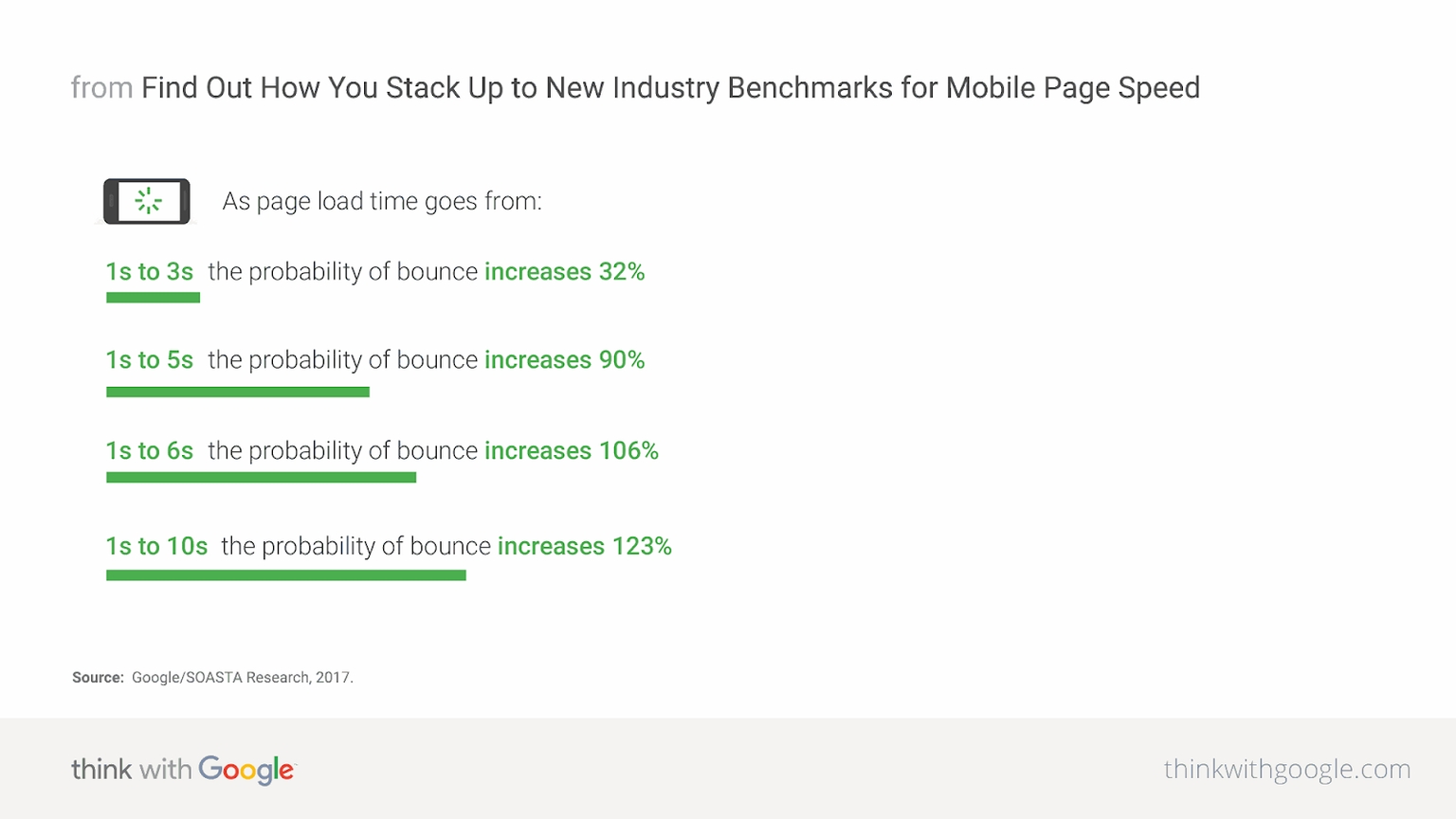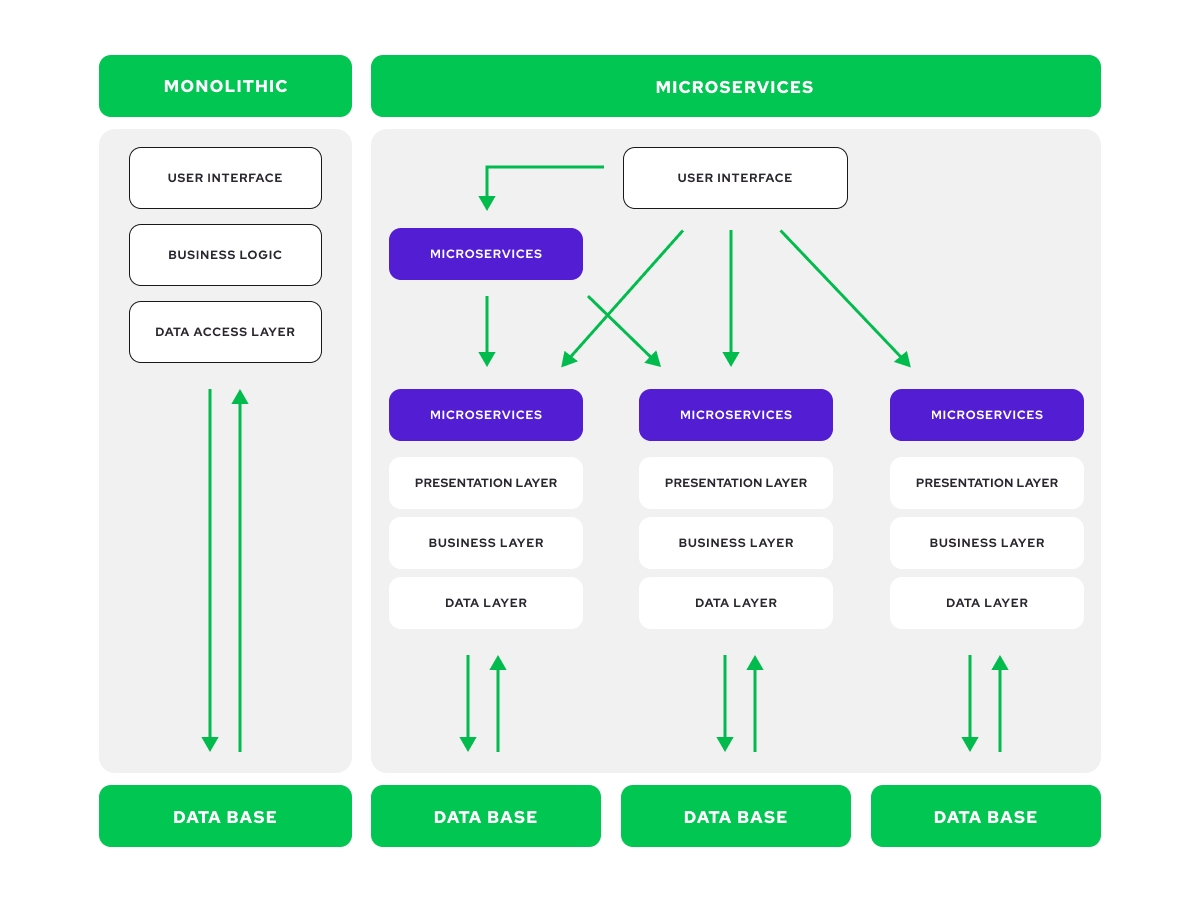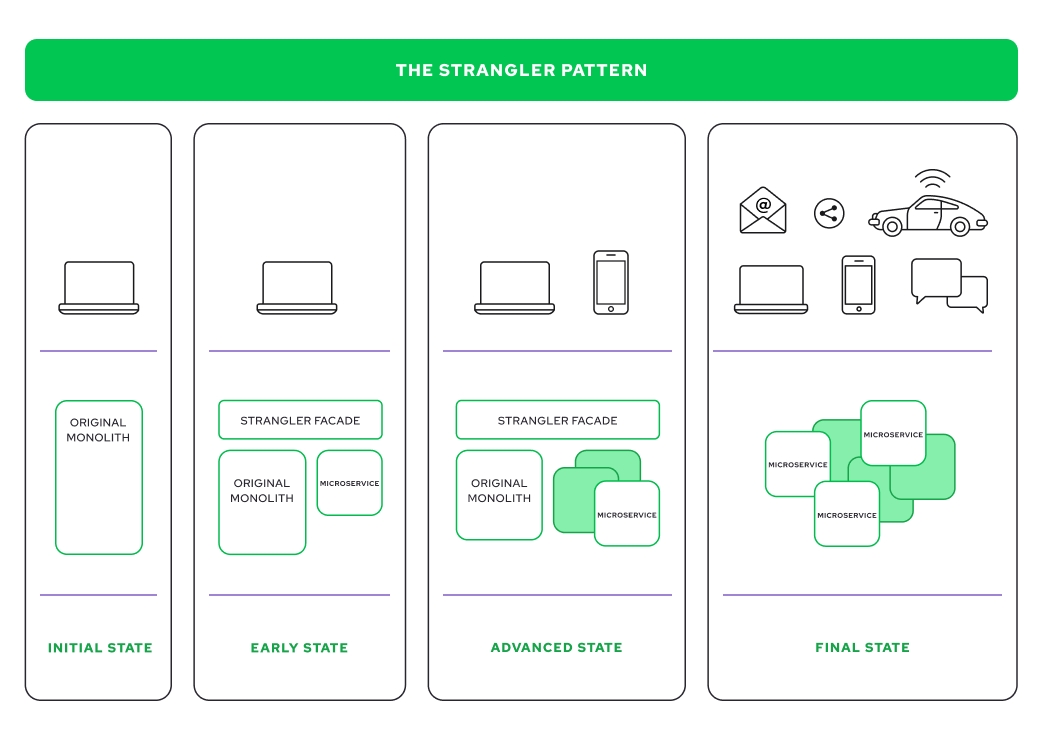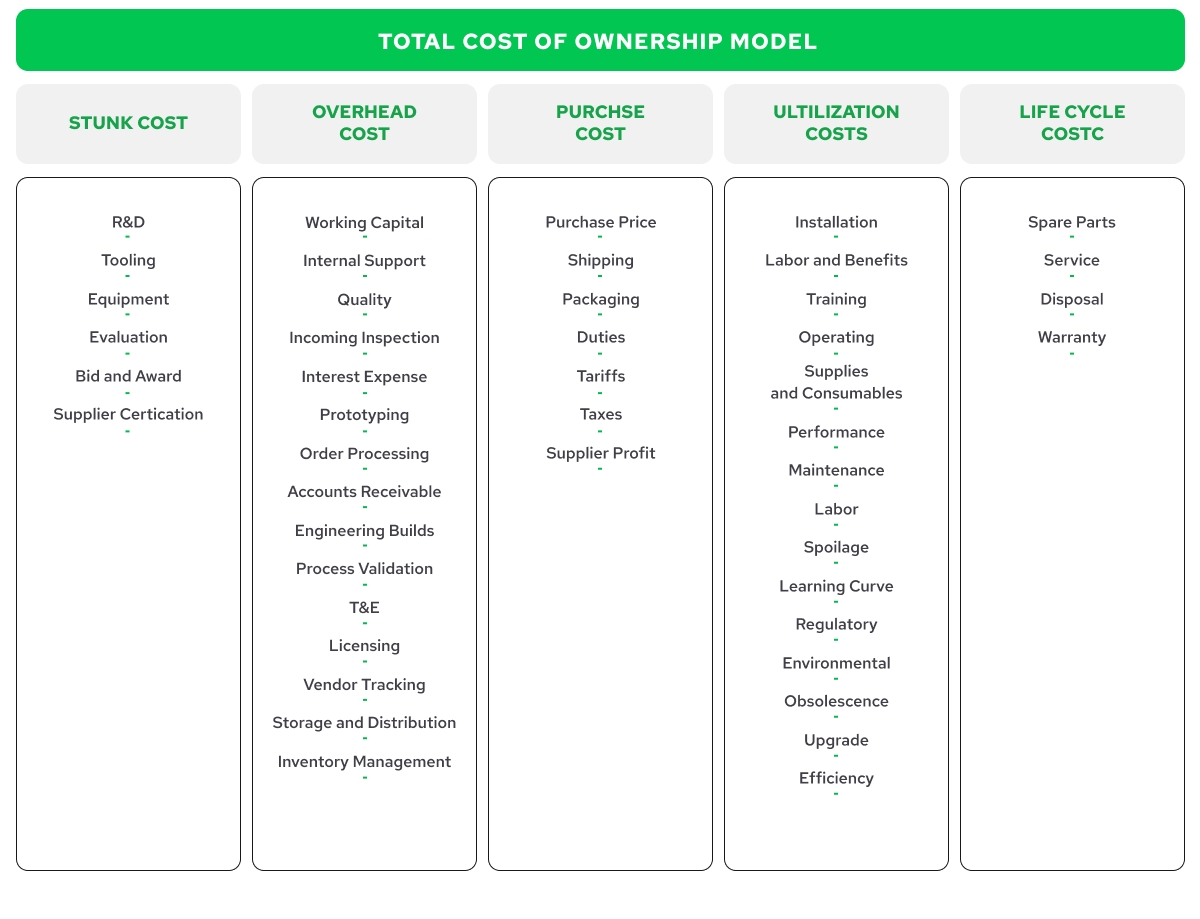Are you considering migrating to a new ecommerce architecture or replatforming to a new ecommerce platform?
If so, you'll want to read this post. We've compiled everything you need to know about ecommerce migration and replatforming in one place, from factors to consider when making your decision, to tips for making the migration process as smooth as possible.
What is ecommerce replatforming and why is it important?
Understanding ecommerce replatforming
Ecommerce replatforming involves migrating your online store from one platform to another to improve functionality, scalability, or user experience. Unlike simple upgrades, replatforming often entails significant changes in backend systems, integrations, and design.
The difference between replatforming and migration
While the terms are sometimes used interchangeably, replatforming focuses on upgrading the entire platform, whereas migration refers specifically to transferring data, like product catalogs or customer records.
Why should you consider ecommerce replatforming?
In an ideal world, an ecommerce migration or replatforming project would last for a year and be budgeted appropriately with defined objectives.
The reality is that it isn't something that businesses always plan well in advance. The majority of the time, there's a motivating force (or several) pushing a business to change it up.
Replatforming is a strategic move that can help businesses tackle various challenges. Here are the most common reasons to consider replatforming:
1. Marketing difficulties that can be solved by ecommerce migration
- Customer experience is not good. According to a PWC poll revealed in 2018, 73 percent of customers considered customer experience to be an essential element in their purchasing choices - so providing a great user experience should be at the top of everyone's priorities. If your ecommerce site is being clogged up by too many plugins or doesn't have the most up-to-date features, it might be time to move.
- Analytics are difficult to use and access. Analytics are important for gaining significant insights and improving your ecommerce site. Make certain the platform you're moving to allows you to gather and measure data so you can provide your consumers with the best experience possible.
- The inability to use social media platforms. The capacity to link your ecommerce website with multiple social networks is one of the most essential characteristics a platform may have. It's critical that your website enables sharing and integration with several social media platforms, given the projected US social ecommerce market growth of $50 billion per year by 2023.
- Not optimized for mobile commerce. Google is now using a mobile-first index, so websites that are optimized for mobile devices will rank better than those that aren't. So, to ensure that your customers can shop anytime and anywhere, make sure your new platform has a particular design and funnel for mobile devices.
Why are you planning to migrate or replatform?
In an ideal world, an ecommerce migration or replatforming project would last for a year and be budgeted appropriately with defined objectives. The reality is that it isn't something that businesses always plan well in advance. The majority of the time, there's a motivating force (or several) pushing a business to change it up. Here's a list of the most frequent problems that cause online retailers to replatform. Take a look for yourself and mark off the ones that apply to your ecommerce business.
1. Marketing difficulties that can be solved by ecommerce migration
- Customer experience is not good. According to a PWC poll revealed in 2018, 73 percent of customers considered customer experience to be an essential element in their purchasing choices - so providing a great user experience should be at the top of everyone's priorities. If your site is being clogged up by too many plugins or doesn't have the most up-to-date features, it might be time to move.
- Analytics are difficult to use and access. Analytics are important for gaining significant insights and improving your ecommerce site. Make certain the platform you're moving to allows you to gather and measure data so you can provide your consumers with the best experience possible.
- The inability to use social media platforms. The capacity to link your site with multiple social networks is one of the most essential characteristics a platform may have. It's critical that your website enables sharing and integration with several social media platforms, given the projected US social ecommerce market growth of $50 billion per year by 2023.
- Not optimized for mobile commerce. Google is now using a mobile-first index, so websites that are optimized for mobile devices will rank better than those that aren't. So, to ensure that your customers can shop anytime and anywhere, make sure your new platform has a particular design and funnel for mobile devices.

3. Your ecommerce platform's financial challenges
- High maintenance expenses. If your current platform needs to be maintained on a regular basis, it might be time to move on. Not only is maintenance expensive in the long run, but it's also time-consuming and distracts you from your primary business tasks.
- The benefits of ecommerce migration include a reduction in TCO. By putting the burden on a third-party solution or a superior performing platform provider, ecommerce migration may help to reduce site infrastructure and design expenditures.
- A recent acquisition or merger. This can simplify the process by allowing organizations to combine and evaluate their old systems for efficiency gains.
- New ideas and innovation. You may wish to test out more cost-effective solutions to prove your concept and discover that the more cost-effective platforms perform better than your current platform, especially if you're launching new brands, product lines, or venturing into new markets.
Whether you're looking to improve your website's performance or expand its capabilities, an ecommerce migration or replatforming can be a great way to achieve these goals.
Numerous benefits come with an ecommerce migration or replatforming as well. For example, it can help you more easily integrate with third-party applications and services and allow you to take advantage of new technologies as they become available.
Yes, an ecommerce migration, or replatforming your entire business can be daunting. But with the right checklist, it doesn't have to be complicated.

8-step ecommerce migration checklist and strategy
An ecommerce platform migration is far more complex than moving a typical website. Because a defective ecommerce website will harm your business in terms of analytics, SEO, conversions, and revenue—there is a lot at stake. It is not something you do on a whim. It requires months of planning and preparation. The migration process is complex, and various phases exist to accomplish it. But here are the primary challenges you'll need to overcome to successfully move your stores and websites. It will require careful preparation, migration checklists, and collaboration with your team and data migration services to complete it successfully.
Step 1: Choose the right ecommerce platform for your business
This is step 1 when you start planning and formulating your ecommerce migration checklist and strategy. Various factors drive this decision. You are either:
- Planning to update only parts of your tech stack to newer versions of your existing applications.
- Planning an ecommerce platform migration while keeping some existing components like your payment gateways, CMS, search, or other 3rd-party tools. When using this approach the best starting point is to modernize your frontend , as this is where you control customer experience and journeys.
- Breaking your monolithic architecture into smaller, composable microservices and headless applications systematically—by using *The Strangler Pattern
For an enterprise ecommerce site migration, look for SaaS or FEaaS (frontend as a service) options with open APIs that allow you to customize while taking advantage of built-in functionalities.
*The Strangler Pattern is a typical ecommerce microservices pattern in which a new application gradually replaces a legacy application during an ecommerce migration. The legacy application is left in place, and new functionality is added to the new application. Over time, the new application "strangles" the legacy application by slowly taking over its functionality.
The Strangler Pattern has many benefits, including:
- Improved maintainability
- Reduced risk
- Increased flexibility
However, it can also be challenging to implement and requires careful planning. For example, you must ensure that the legacy application continues to work as new functionality is added to the new application.
The Strangler Pattern can be a powerful tool for ecommerce organizations looking to modernize their architecture to a headless (composable) microservices one. When used correctly, it can help to improve performance, reduce costs, and increase customer satisfaction.

Step 2: Map your new system: retain existing features and plan new integrations, tools, and functionalities
Determine which applications to keep and which to replace. You may have outdated apps holding your business back due to performance and scalability issues. This is crucial in determining how each touchpoint between the new ecommerce site and every other system at your firm will be handled.
Step 3: Create and send out Requests for Proposals (RFP)
Depending on the conclusion you reached in step one, you can now prepare and send out RFPs to vendors that offer the necessary solutions. This step is crucial to start engaging and evaluating your available choices for the best new platform and tech.
If you don't have a standard in-house RFP, you can easily create one by using available examples online and customizing them to suit your objectives and business needs.
Step 4: Invite all stakeholders to test new platforms
All departments and remote providers must be represented in the decision-making process to ensure that you don't overlook any important aspects. Once you've compiled a list of semi-finalists, start testing platforms to determine which is best.
Step 5: Compile Your TCO and revenue model
Create a forecast model for at least three years. To be conservative, anticipate no growth until the first six months have passed. You can calculate the TCO by adding the value of the initial purchase to direct, indirect, and other hidden expenses.
The difference is then taken away from a predicted resale/residual value at the end of the asset's life.There are calculator tools accessible to assist you in calculating TCO.

Step 6: Migrate your data
Ecommerce data migration is a process that involves transferring your online store data, including:
- product information
- customer data
- SEO data
- workflows from one ecommerce platform to another
Using a migration service that is truly capable of managing the intricacies of data migration is crucial.
Step 7: Test your ecommerce website
This is where you redesign the site, test functionality, and work out the bugs before going live. Each department's input is essential to making a smooth transition. Test to see if all the URLs work along with every app.
Step 8: Go Live
Then, all of the months of work and planning come together. With a bit of luck, there won't be any glitches. The only thing shoppers should notice is a better look and faster service.
Ecommerce replatforming checklist and strategy
This section covers the steps of an ecommerce replatforming project and offers helpful hints for replatforming project management.
Replatforming activities are time-consuming and expensive. They range from relatively simple to highly complex. Therefore you need a project manager with significant IT project management expertise to ensure that they adhere to the fundamentals of IT project management.
To avoid wasting time and money, invest ahead of time to guarantee you have a well-defined project plan and structure. It will save you money in the long run if you do this well and upfront.
1. Comprehensive project planning
Define your project goals and your success criteria
It's critical to have a well-defined project from the start. Taking the time to get all stakeholders on board with the project process will save you a lot of time and money down the road.
Create a PID (Project Initiation Document) using a spreadsheet application that may be circulated, reviewed, authorized, and stored for future reference. It can also be version controlled if anything has to be updated later.
Because not all organizations and individuals use the same techniques or tools to achieve project goals, having a set of standard evaluation criteria is essential.
Define project budget
Budget control is necessary because each vendor and SI has its own cost model, so you must make sure that you evaluate only realistic options.
If the 'ultimate' option is out of your price range, yet there is a compelling business case, create a budget increase proposal and submit it to the project's steering group (for bigger enterprises) or Sponsor.
The following are some of the essential cost lines to add to your ecommerce replatforming checklist budget:
- Your internal time & effort for the entire project team and other stakeholders.
- What will you need internally to run the project, such as Sharepoint, JIRA, Basecamp, and Slack?
- What skills do you lack in-house that need to be filled by freelancers or contractors? For example, a business analyst, change manager, or UX/UI designer are three positions that might benefit from the assistance of freelance professionals.
- You'll have to pay your ecommerce platform and other service providers an annual subscription fee and support and maintenance fees, which may or may not include an ecommerce platform license fee.
- Upgrades and improvements – monthly funding for resources to improve functionality or introduce new features.
- Transaction costs for a platform vendor or a third-party gateway are included here.
Define your Ecommerce replatforming project scope
To obtain realistic pricing for your new platform from a vendor or SI partner, you must provide a high-level scope definition for the launch.
What does this include?
Legal compliance, e.g., GDPR requirements.
Analyze and optimize data to suit core company processes, such as two-way stock flow.
- UI functionality needs to enable online selling, e.g., basket and checkout.
Custom features supporting customer experience and service.
What essential features and data sources do marketing efforts rely on, such as Google Shopping feed?
- Integration with essential 3rd party tools.
The most common approach is to create complete visibility for an ecommerce platform, then break it down into the minimal baseline view (which must be delivered for go-live) and phased releases.
Define your ecommerce replatforming project team structure
A project that lacks a well-defined roles and responsibilities matrix resembles a house of cards; it will collapse. Your project manager will define the core project activities, and you'll align stakeholders to define the RACI responsibilities:
- Responsible – The person who will perform the task and must finish it.
- Accountable – The stakeholder who holds the task must ensure that 'Responsible' individuals carry out the work according to plan.
- Consulted – Before you can finish a task, you'll need subject matter experts who must provide input.
- Informed – The CIO may use various methods to communicate with stakeholders who need to be informed about task progression, even if they are not directly involved in the task.
Define project governance for the ecommerce replatforming project
We all have a natural inclination to obey authority, so governance structures aid in project management.
What does governance mean for ecommerce replatforming? The controls are in place to allow the project manager to keep track of progress and take action if something goes wrong.
You must meet the following requirements in ecommerce replatforming projects:
- A project sponsor with the power to make significant decisions.
- A Steering Committee, made up of representatives from various departments and stakeholders, is used by larger organizations/projects to oversee project delivery.
- The Chain of Accountability for Core Tasks (RACI) is a method to identify who is responsible for each aspect or action in the process.
- Be sure that your organization is using sound data cleaning and management procedures. If there are any concerns, you should address them immediately.
- All the documents, methods, and tools needed to manage a project.
- Keep a project RAID log (to document Risks, Actions, Issues & Decisions).
- Exceptions are handled through an escalation procedure that includes decision gates.
Documentation, controls, and reporting setup
Communication in a sophisticated project is critical. Stakeholders must grasp what's happening throughout the replatforming process and clearly understand what they're expected to accomplish.
2: Ecommerce replatforming vendor selection
Before choosing an implementation (SI) partner, we recommend selecting your technology partner first.
If you try to choose both simultaneously, you may find yourself at a dead end or having to make an unreasonable compromise.
It's much easier to start with the ecommerce platform that best fits your company's needs rather than beginning with SIs and seeing if they can implement your chosen technology.
Business requirements capture
You must first have a thorough knowledge of the company's requirements and why they are necessary. There are six phases to achieving this:
- Organizing your company's website around key functional ecommerce sections and aligning stakeholders is the first step.
- Face-to-face meetings are required to assess their 'as is' requirements and 'to be' vision for ecommerce.
- Document all of the necessary conditions; have stakeholders listen back to it and give their approval.
- Requirements must align with the project's priorities: Design an outline that clearly lays out the ecommerce project's goals, priorities, and phases. Filter out any elements not relevant to the 'to be' strategy.
- Review with the project team and Sponsor, amend as appropriate and agree to the final requirements.
- Share back to the entire team of stakeholders and communicate the reason for prioritization and why any requirements have been removed.
Pro tip: Have an ecommerce expert act as the leader of these stakeholder meetings. Begin by setting realistic goals and influencing others by advising on ecommerce best practices. If people want to personalize the platform to undertake something unique, there must be a solid business case for doing so.
Vendor shortlisting
At this stage, you've created a budget and a scope statement that describe your business goals and the work required to achieve them. Your operational, technical, and ecommerce needs are all addressed.
This is enough to get you started. The goal is to determine which vendors are viable options and shortlist a maximum of two to three viable platforms. Gartner's Magic Quadrant for Commerce or the Forrester Wave Report are good starting points. You may access a quick summary version on most vendors' websites for free.
If you're unfamiliar with the vendor landscape, choose someone who knows more about it. It will save you time and effort by focusing on the right questions and a sound commercial strategy for filtering.
Vendor evaluation
Create a vendor brief around your scoring matrix. Make sure they come in and focus on the product's most vital aspects instead of showcasing the whole platform. Generic sales pitches have no effect; the greatest way to evaluate vendors is to provide real-world examples of how their solutions might be used.
Preferred vendor selection & due diligence
After the demonstrations, you've got a better idea of how the platform will satisfy your company's needs and a clearer picture of the cost range to make a comparable-for-similar cost comparison.
There is no such thing as a perfect platform for any company, so you must be honest with yourselves and not only consider one new platform. Make the following inquiries among your project team and stakeholders:
- Why wouldn't we choose this platform?
- What isn't obvious that needs further study?
- What will we be missing if we transition away from our old platform?
- What will these changes in our working culture look like, and what impact will they have?
Speak with current customers (and not just testimonials—they are usually positive by default).
Ask them about:
- Quality of service and level of support after the contract was signed.
- Reliability.
- Anything unexpected or unforeseen.
- Any functional gaps that the supplier had neglected to mention.
3: Selecting your SI partner
After deciding on a network strategy and determining the scope of your replatforming project, you must choose a suitable SI partner. The process for selecting the best-fit SI partner is very similar to vendor selection, but the criteria for selection are different.
A competent SI partner should:
Be experienced with the platform's implementation for various previous customers, including companies comparable in size and complexity to yours.
- Preferably be a registered solution partner with the vendor you've chosen.
- Take the time to get to know your project team's key stakeholders - be an excellent cultural fit!
- Ensure that your and their technical teams are updated on the vendor's product roadmap using a thorough and well-tested procedure.
- Have the expertise, equipment, and resources to manage several projects at once while maintaining deadlines.
- Have a track record of managing the shift from development to site launch and stability.
- Have an account management staff with ecommerce experts who can demonstrate how they help customers make the most of the platform.
Here are a few pointers on what to ask and look for:
What are the terms of service (SLA?), and how do they affect your company? What measures can you take to ensure that their support team is there for you when you need them? How do they define incident levels?
- What is the relationship between the SI and the vendor, and how do they protect against a break in the support process?
- What work activities are covered by the support agreement, and what additional billable time might you earn?
- Who will be working on your project's implementation, and will the process change after go-live?
How do they manage the go-live transition to ensure the site is steady and efficient?
- Who is providing site monitoring in their basic service level agreement, and how do they minimize site performance disruptions and downtime?
4: Discovery phase
During the Discovery phase, you're simply gathering information. This insurance policy protects the following stage; development.
It entails a series of detailed workshops with the company and technical stakeholders to convert the project's broad scope into a comprehensive set of use case models and a functional specification.
The Project Manager(s) captures all of the information presented in these outputs and feeds it into the development phase, where user stories for the sprints are created.
Pro tip: Set it up as a separate SoW (statement of work) that is not linked to the primary contract and must be completed before the main contract.
If you remove Discovery from the main contract (SLA), any changes in your opinion of the vendor or SI decision during Discovery would be less costly, and it's simpler to exit and reconsider the project delivery. The outputs will be reusable by another vendor and SI partner, so it's not a sunk cost.
5: Development and customizations
We'll keep this to a minimum because here is when the technical teams take over. A few key points to know about:
- Development is divided into sprints
- Each sprint is meticulously controlled, and
- The results of this
- The UAT (User Acceptance Testing) is generally done simultaneously as the sprints, so the
This is an essential lesson for business users; development is not the time to switch off, relax, and wait until post-launch UAT.
You must remain engaged to ensure that the company's functionality is delivered according to the agreed user stories and functional specifications, as well as check for any modifications to in-scope deliverables that might impact your area of responsibility.
6: Go live and stabilization
It's critical at this stage to set realistic expectations and not panic.
When a new technology is first put into live production, it encounters a certain amount of upheaval. It's a complicated code base with connections to other systems, and it's the first time it's in the wild with actual users pounding on the database and features.
The Change Management Process is your savior in this situation. You can't avoid problems, but you can identify risks and implement effective mitigation strategies to minimize disruption. For example, a comprehensive rollback plan allows you to revert to the old system if there are any crucial company failures, such as users being unable to place orders.
Pro tip: Make sure that the project sponsor sets clear expectations with all parties, frequently communicates throughout the approach to launch, and holds daily "stand up" meetings beginning every morning to keep people updated.
And final step(s): Continuous deployment
When your new ecommerce platform is stable and functioning well, you can return to your typical 'business-as-usual' cycle of continuous improvement, working with your SI partner and internal IT team to develop the company road map.
The level of involvement of your SI partner is determined by the capabilities and reach of your internal IT department. Some businesses choose to outsource all technical assistance to an SI partner. In contrast, others would rather self-serve in-house and use a platform that provides them with a complete set of development operations tools and direct access to the presentation layer (the customer-facing website).
Common challenges in ecommerce replatforming
1. Data loss risks
Without proper planning, critical customer or product data can be lost during migration.
2. SEO implications
Switching platforms can lead to a drop in organic traffic if URLs and meta data aren’t properly redirected.
3. Disrupted customer experience
Changes in design or functionality can confuse or frustrate customers if not communicated effectively.
4. Integration complexities
Ensuring that third-party tools and plugins work seamlessly on the new platform can be challenging.
Best practices for successful migration
- Involve Stakeholders Early: Get input from all relevant departments to avoid missed requirements.
- Maintain Open Communication: Keep your team informed about progress, timelines, and potential risks.
- Work with Experts: Partner with experienced migration consultants or platform providers.
- Continuous Testing: Test each phase of the migration to catch errors early.
Case studies of successful ecommerce replatforming
Case Study 1: LoveCrafts
LoveCrafts transitioned to a composable commerce architecture using Alokai's Frontend as a Service. This approach allowed them to integrate commercetools' APIs selectively, enabling modularity and extensibility. The incremental migration strategy minimized disruptions, allowing LoveCrafts to implement changes screen by screen. This method ensured a smoother rollout and reduced operational impact.
Case Study 2: White Stuff
White Stuff aimed to enhance their B2C ecommerce operations. By adopting Alokai's Frontend as a Service, they achieved a faster time-to-market and increased online revenue. The flexibility of Alokai's solution enabled White Stuff to modernize their customer experience without undergoing a complete replatforming.
These case studies demonstrate Alokai's capability to support businesses in modernizing their ecommerce platforms efficiently, emphasizing flexibility and minimizing operational risks.
Ecommerce migration and replatforming: Key takeaways
If you made it this far: Well done. You've made it through the replatforming or migration ordeal in one piece!
It's a lot to digest, but that's intentional. Ecommerce migration and replatforming projects are complicated and time-consuming. It's essential to have a good sense of the procedure flow and work streams necessary to execute the project successfully.
Key points summarized:
- You can split replatforming and migration projects into distinct phases and steps.
Each stage or step has its own set of prerequisites and challenges.
Numerous stakeholders must be considered, which increases the difficulty of managing expectations vs. reality. Be prepared for this at each step.
It's easy to get sidetracked during a project because there are so many moving parts. Losing focus can make it difficult to achieve the requested standards and deadlines.
Good governance is required to reduce the danger of error.
A skilled project manager is needed to guarantee that the project stays on track and follows the established governance standards.


















